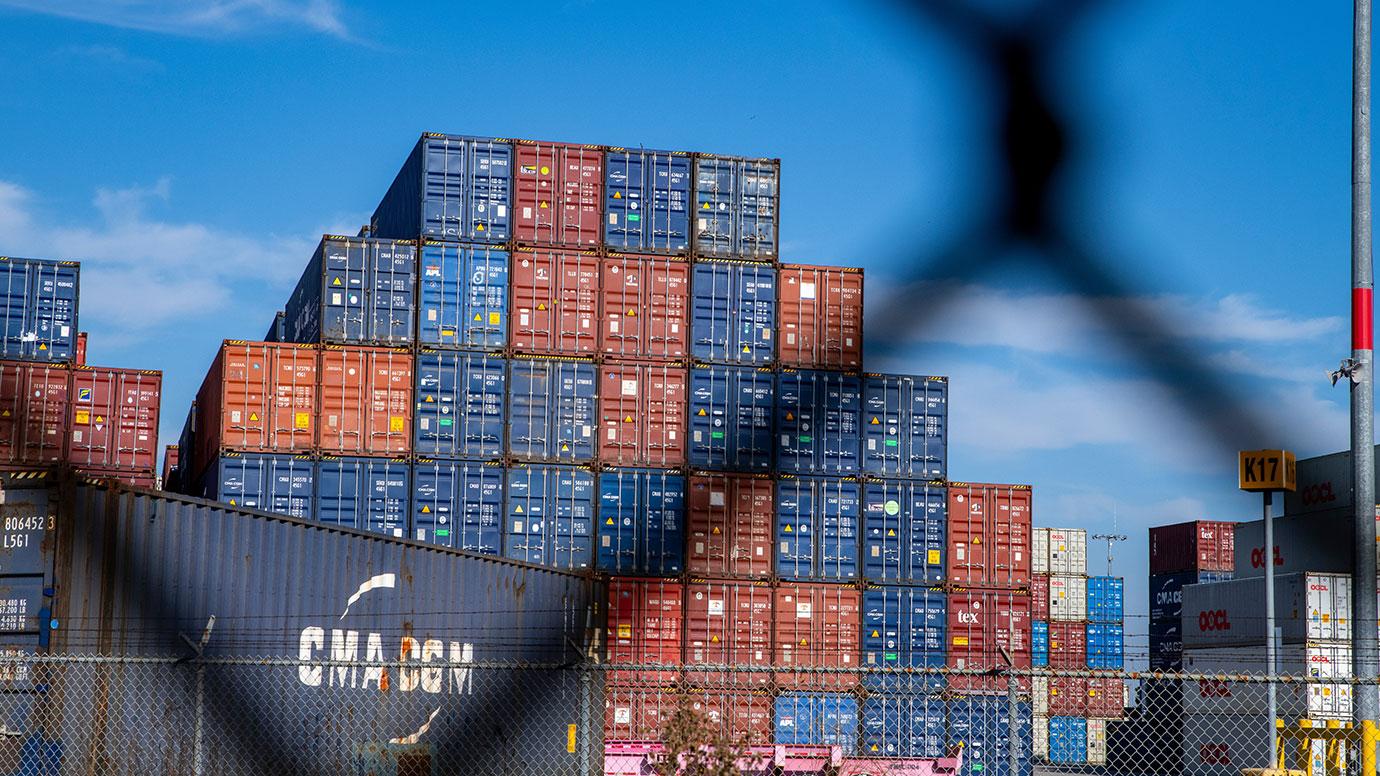We’ve already covered on the J&R blog how these new tariff hikes are affecting the promotional product and apparel world (hint: it’s not pretty). But let’s zoom out for a minute.
Because these tariff increases aren’t just raising the price of hats and T-shirts.
They’re quietly creeping into a lot of everyday expenses and choices for Rhode Island businesses — especially if you rely on imported goods, materials, or even services. And let’s be real: most of us do, whether we realize it or not.
So, what does this mean for you? Let’s unpack it.
First: Understand the Ripple Effect (It’s Bigger Than You Think)
It’s easy to assume, “Well, I’m not importing shipping containers of stuff, so I’m safe.”
Not exactly.
Tariffs don’t just hit importers. They hit:
- Your suppliers (who pass it down to you)
- Your service providers (who adjust pricing based on higher equipment/material costs)Your (who feel the pinch in their everyday spending)
If you buy anything made overseas — and trust me, you probably do — you’re exposed to this ripple effect.
- Office supplies: Paper, pens, packaging, tech accessories — all seeing increases.
- Equipment: From construction tools to restaurant gear, costs are rising.
- Shipping & freight: Higher tariffs often mean higher shipping rates. Period.
- Consumer behavior: When prices rise everywhere, customers tighten their spending.
The lesson? Even if your product or service isn’t directly imported, you’re still in the current.
Tip #1: Audit Your Supply Chain
Take 30 minutes this week (seriously, set a timer) and review your top 10 suppliers or vendors.
- Are they reliant on imported goods?
- Have they announced any price adjustments?
- Can you ask about domestic alternatives?
Sometimes, it’s as simple as having the conversation. Suppliers that are on top of their game will already have contingency plans — and if they don’t, it’s your cue to explore other options.
Tip #2: Consider Strategic Price Adjustments (Without Scaring Customers)
Here’s the tricky part: No one wants to raise prices.
But if your costs go up and you absorb them all, you’re eroding your margins — fast.
If you must adjust prices, be honest and clear with your customers. A simple explanation goes a long way:
“Due to global supply chain changes, you may notice slight price adjustments. We’re doing everything we can to keep these minimal while maintaining the quality and service you expect.”
Transparency builds trust. And trust keeps customers loyal, even when prices fluctuate.
Tip #3: Get Ahead on Inventory (Before It Gets Worse)
If you rely on physical products, seasonal materials, or promotional goods for events, now’s the time to plan ahead.
I’m not saying panic-buy. But it’s smart to forecast:
- Upcoming trade shows
- Seasonal promos
- Employee uniforms or giveaways
- Packaging or branded materials
Order early to lock in current pricing and avoid delays.
Tip #4: Watch Customer Spending Habits Closely
As prices rise, consumer behaviors shift.
Small luxuries get skipped.
“Nice to have” services get delayed.
People price-shop more aggressively.
Watch your numbers. Are website visits dipping? Are average order values dropping? Are leads slowing?
This isn’t to scare you. It’s to encourage proactive action:
- Can you add value without raising prices?
- Can you bundle products or services?
- Can you offer early bird or loyal customer discounts?
Your adaptability is your advantage.
Tip #5: Keep Marketing (But Smarter)
I’ve said this a hundred times, but it’s worth saying again: tough times are not the time to disappear.
If anything, this is when your marketing matters more.
No, you don’t need to double your ad spend tomorrow. But you do need to stay visible, connected, and valuable to your audience.
Audit your website. Make sure it’s clear and conversion-friendly.
Review your ads. Test messaging that focuses on value and trust.
Engage your email list. Keep relationships warm.
Show up on social. Stay in your customers’ feed (without just selling).
Out of sight = out of mind. And that’s the last thing you want right now.
Final Thought: Rhode Island Business Owners Know How to Weather Storms
This isn’t our first challenge, and it won’t be our last.
What I love about the Rhode Island business community is that we’re gritty. We adapt. We lean on each other, and we keep going.
These tariff increases are frustrating, sure. But they’re not the end of the world. With smart planning, clear communication, and a willingness to adjust, your business can not only survive this — it can come out stronger.
And if you need a second opinion, a sounding board, or just want to brainstorm ways to navigate this? You know where to find me.

